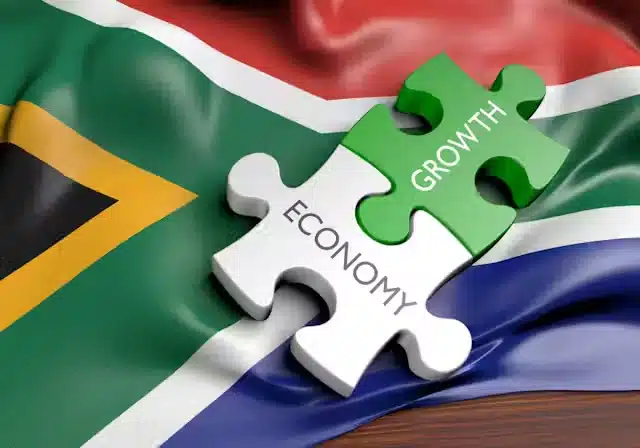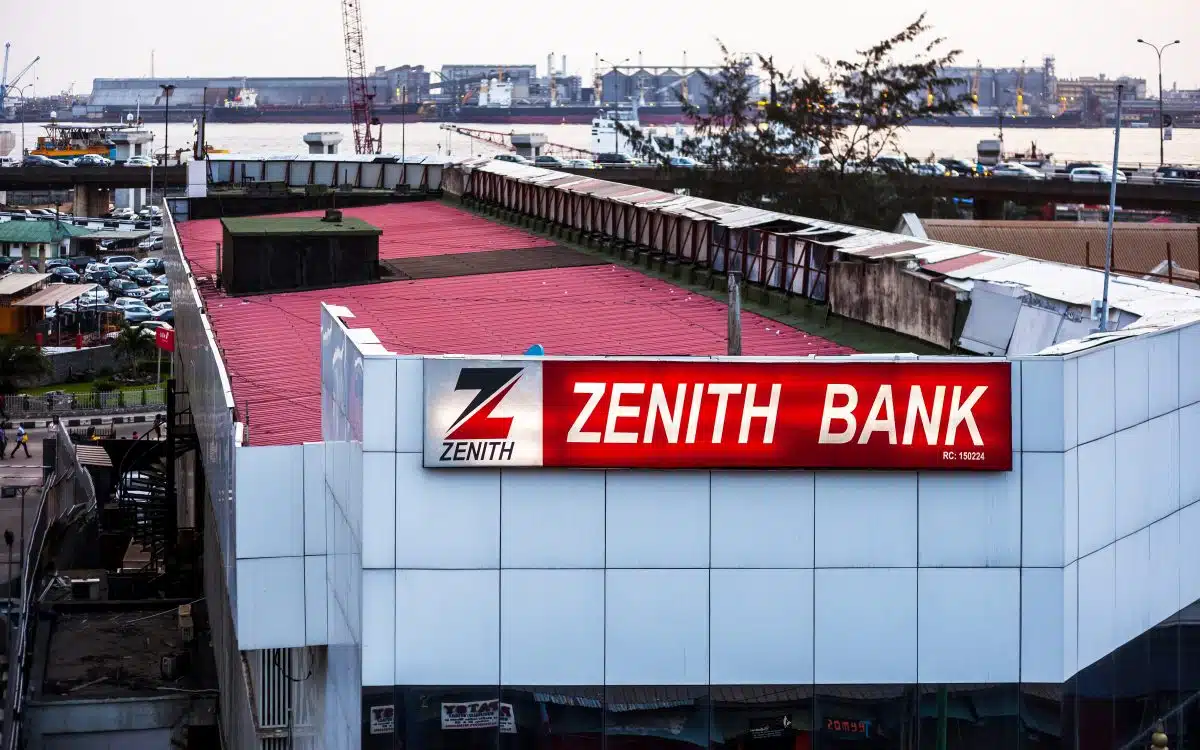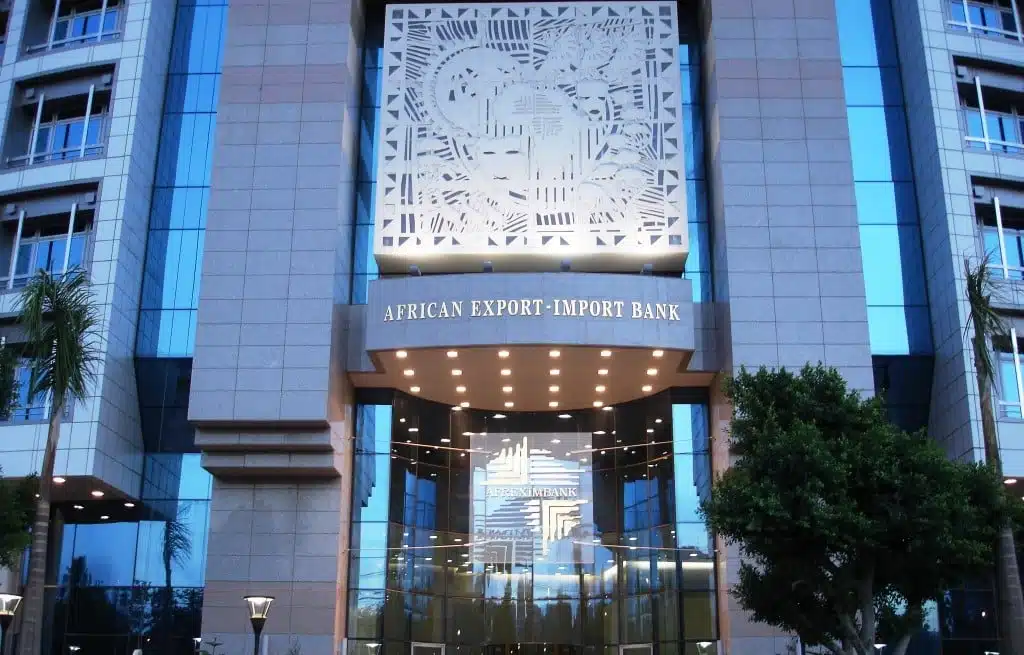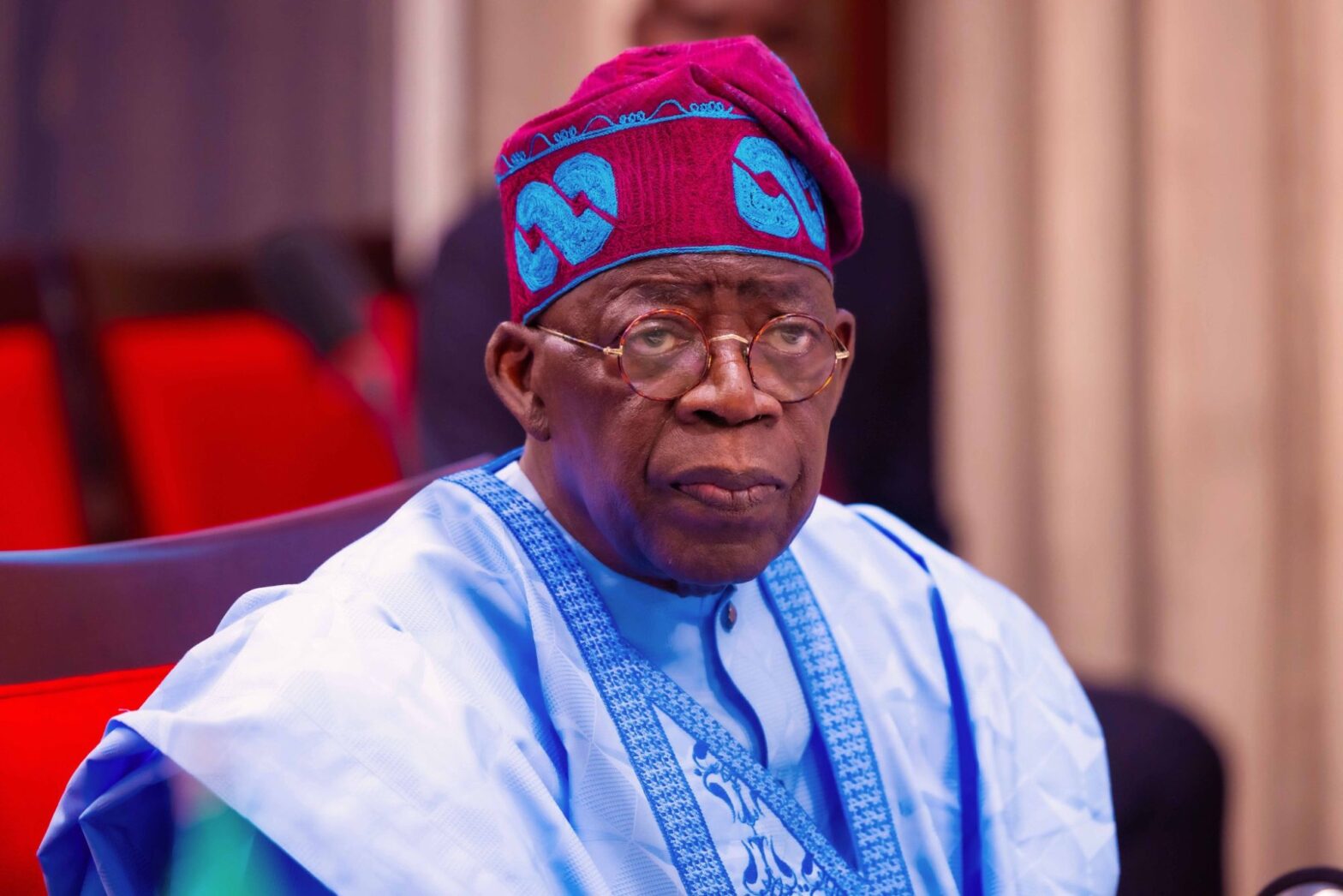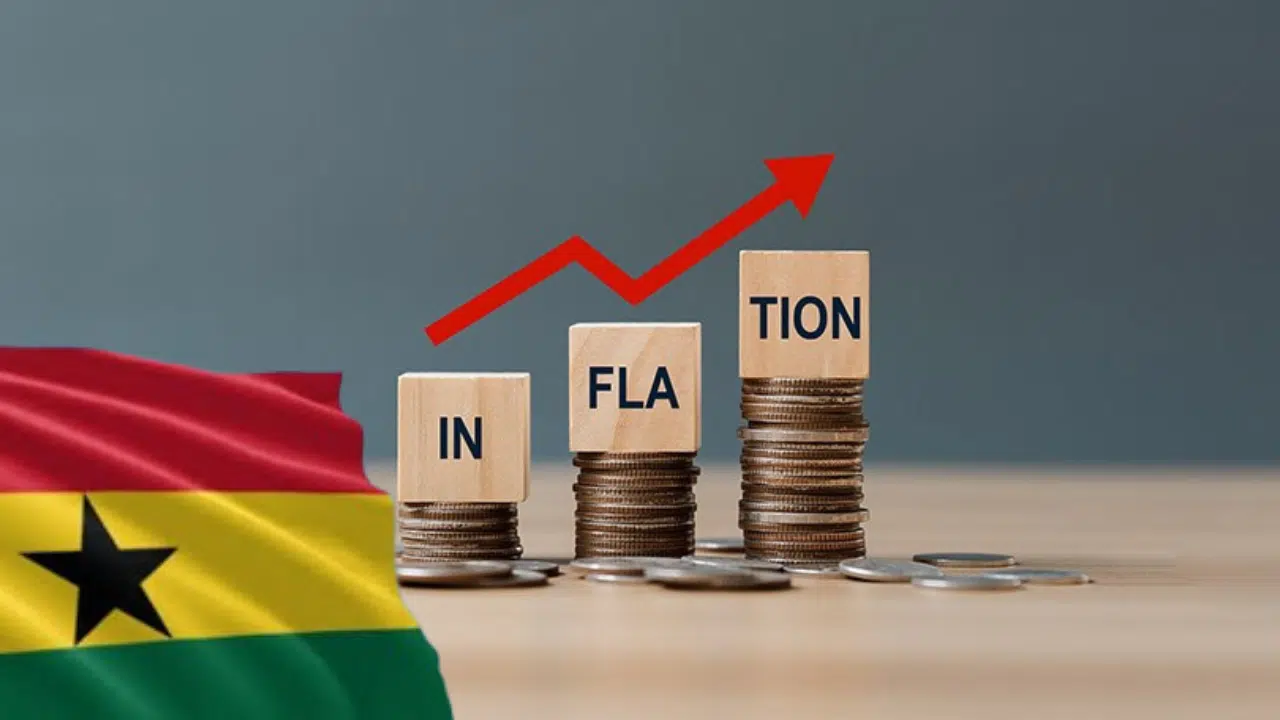South Africa’s economy emerged from contraction in the final quarter of 2024, with gross domestic product (GDP) expanding by 0.6% after shrinking by 0.1% in the previous three months.
This growth was primarily driven by agriculture, financial services, and trade, while household spending provided key support on the demand side, according to the GDP report released by Statistics South Africa on Tuesday.
The recovery was in line with projections by Standard Bank, a major South African lender.
Enla Moolman, the bank’s head of macroeconomic research, had anticipated a modest rebound, though she cautioned that the broader economic picture remained fragile.
“I expect a 0.6% increase, which is at least better than the contraction we saw in the previous quarter, but still very low,” she said in an interview before the data was released.
“What’s also discomforting is that this growth is likely only coming from consumers and retirement savings withdrawals, while the rest of the economy was generally weak.”
Agriculture had the most significant impact on GDP growth, bouncing back with a 17.2% expansion following a sharp decline in the third quarter.
Increased production of field crops and animal products lifted the sector and contributed 0.4 percentage points to overall GDP growth.
Financial services continued to expand for the eighth straight quarter, driven by banking, real estate, and business services, while trade grew on the back of improved retail, wholesale, and motor sales.
Despite these gains, seven industries performed poorly, with manufacturing and transport exerting the biggest drag.
Weaker output in metals, machinery, and automotive production weighed on manufacturing, while the transport sector contracted for a fourth consecutive quarter due to declines in land transport and related services.
Mining also struggled as lower production of manganese, iron ore, gold, and other minerals offset gains in coal and platinum group metals.
On the demand side, household consumption spending was the main driver of growth.
Consumers spent more on clothing, food, household goods, and recreation, suggesting a slight improvement in disposable income.
Household spending rose 2.3% in real terms compared with the same period in 2023, while trade expanded by 1.6% over the same timeframe.
For the full year, South Africa’s economy grew by just 0.6% in 2024, highlighting the ongoing challenges in the operating environment.
Looking ahead, analysts expect stronger growth in 2025, with projections ranging from 1.5% to 2% as businesses respond to improving domestic conditions.
However, uncertainty in global markets could weigh on momentum. “We could see 1.5% to 2% for the coming year, in other words, businesses were still responding to the improvements last year and now we’ll see the growth,” said Moolman.
“But we should also take into account that the global economy has deteriorated and is a lot more uncertain—that may have weighed on growth not only towards the end of last year but this year.”

